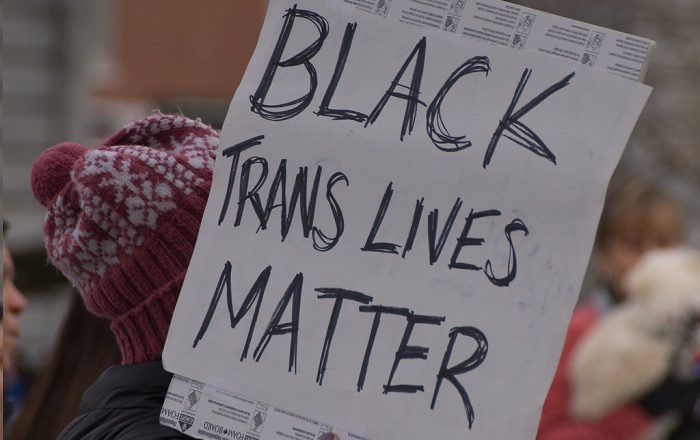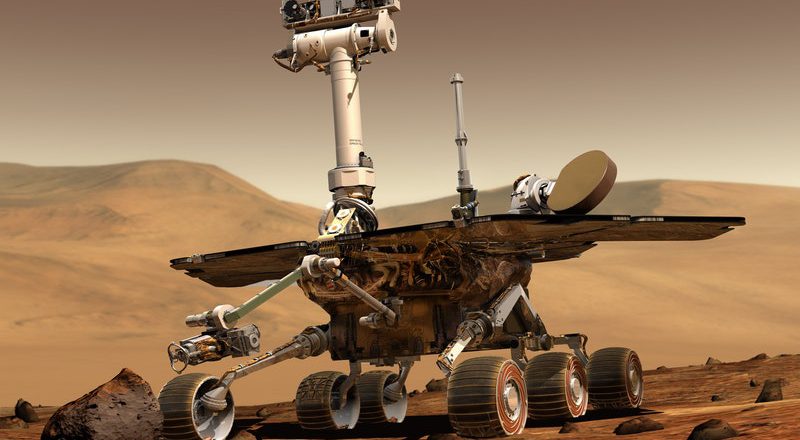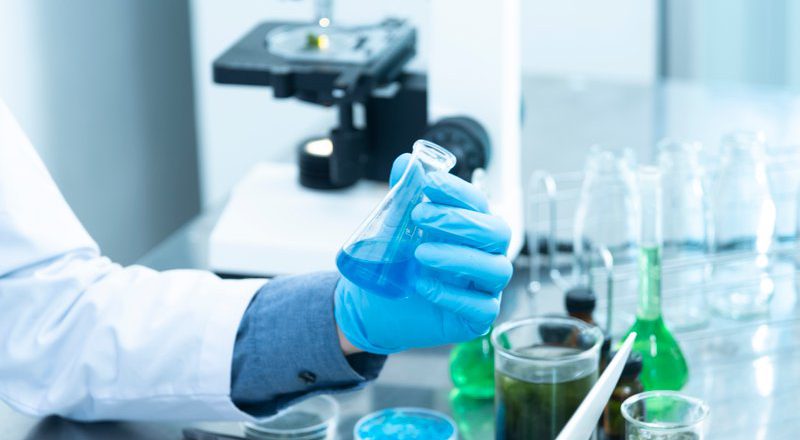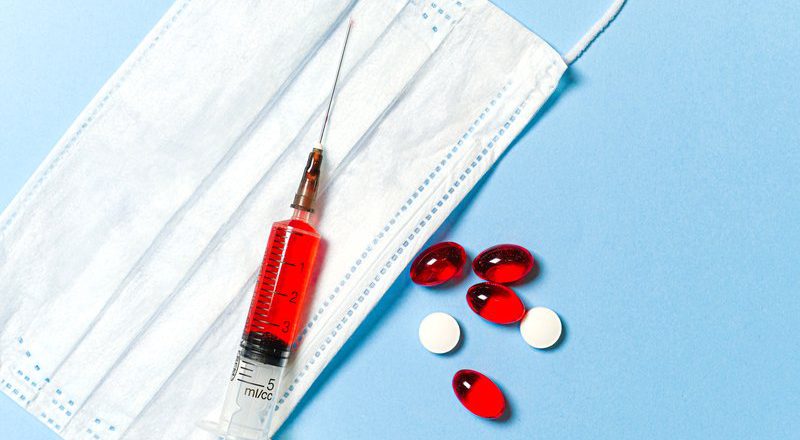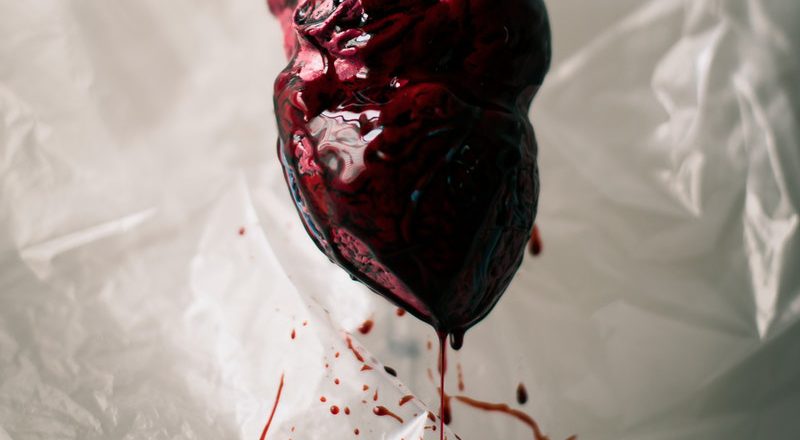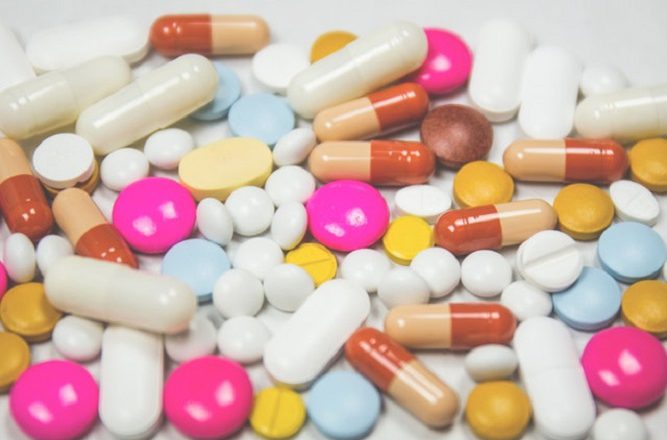Clever chemistry turns ordinary bricks into electricity storage devices
The big idea
In my synthetic chemistry lab, we have worked out how to convert the red pigment in common bricks into a plastic that conducts electricity, and this process enabled us to turn bricks into electricity storage devices. These brick supercapacitors could be connected to solar panels to store rechargeable energy. Supercapacitors store electric charge, in contrast to batteries, which store chemical energy.
Brick’s porous structure is ideal for storing energy because pores give brick more surface area than solid materials have, and the greater the surface area the more electricity a supercapacitor material can hold. Bricks are red because the clay they’re made from contains iron oxide, better known as rust, which is also important in our process.
We fill the pores in bricks with an...
